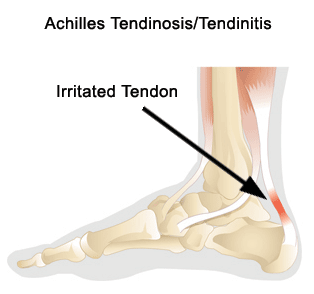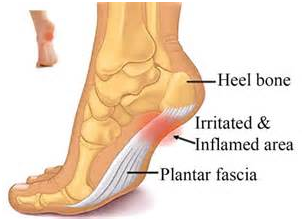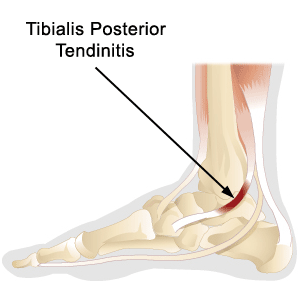GK Physiotherapy Centre has been providing comprehensive services in the treatment, prevention and consultation of the following:.
Ankle Conditions:
1)Ankle Sprains/Instability 2) Achilles Tendonitis and Rupture 3)Plantar Fasciitis4)Tibialis Posterior Tendinitis.
Ankle Sprains/Instability: Treatment

Ankle sprains are a common injury. They usually occur when the foot is forcefully inverted or turned inward. Grade I (minor tear), Grade II (partial tear), or a Grade III (complete tear into two pieces) damage of the outer ligament complex (the anterior talofibular ligament and less often the calcaneofibular ligaments) is the result. Injuries to the inner aspect of the ankle are rare and often result in a fracture before ligamentous damage occurs. Signs and symptoms of an ankle sprain include lateral ankle pain, swelling and a sense of instability. Stress X-rays may be helpful in ruling out fractures. Treatment of an acute injury requires rest, ice, compression, elevation, and bracing of the injured ankle. Early rehabilitation assists in a rapid recovery. Surgery (reconstruction of the ligaments) is only necessary when the ankle is repeatedly sprained.
Achilles Tendonitis and Rupture:
Treatment

The Achilles tendon attaches the calf muscle (called the gastrocnemius and soleus muscles) to the heel. Excessive stress or a tight or fatigued calf muscle can result in microtrauma, degeneration, and even inflammation of the tendon- a condition called Achilles Tendonitis/Tendinosis. Prolonged walking, overtraining (excessive running or jumping, or walking hills can cause this condition. Recent research suggests that a gradual onset of pain and prolonged recovery might be due to a similar condition called Achilles tendinosis. Tendinosis is chronic degenerative condition and it differs from tendonitis in that there is no inflammation present. It is probably more common than tendinitis because often times tendon pain is not accompanied by the classic inflammatory signs of swelling, redness, and warmth. Treatment usually consists of rest, non-steroidal anti-inflammatory drugs (NSAIDs), ice, stretching, strengthening and progressive return to function or sport.
Plantar Fasciitis: Treatment

Inflammation of the fascia on the bottom of the foot is the most common cause of heel pain. There are many documented causes of plantar fasciitis. Poor flexibility of the calf muscles, no arch support, a sudden increase in one's level of activity, poor footwear, being overweight, excessive pronation, or repetitive stress conditions (long distance running). Common causes of a bruised heel bone are poor cushioning of the heel due to fat pad atrophy (shrinkage in the size of the fat pad) poor footwear, excessive walking on hard surfaces, and being overweight. Depending on which medical study you read, anywhere form 8-21% of the population suffers from plantar fasciitis. The pain is typically located at the front of the base of the calcaneus. Less often, the pain extends along the arch of the foot. The result is micro-tearing of the plantar fascia where it attaches to the base of the calcaneus. An ensuing inflammatory response occurs producing pain, swelling, warmth, loss of function (difficulty with any standing or walking), and less often, redness. Plantar fasciitis is often worst in the morning when one takes his /her first steps out of bed. Theories propose that when we are sleeping, the inflamed fascia is shortening and perhaps attempting to heal. If the problem is chronic, a bone spur may be seen on x-ray.
Tibialis Posterior Tendinitis: Treatment

This often occurs in overweight, middle aged women and men as a result of degenerative changes in the tendon. The rupture may be partial or complete with pain below or behind the inside ankle bone (medial malleolus). A flattened arch is common. Anti-inflammatory treatment (physical therapy modalities), orthoses, and surgical debridement are common treatments.
